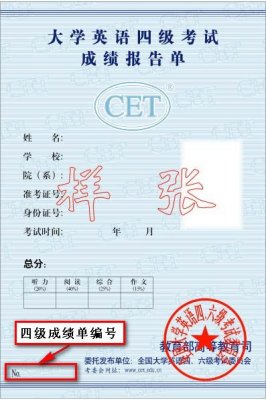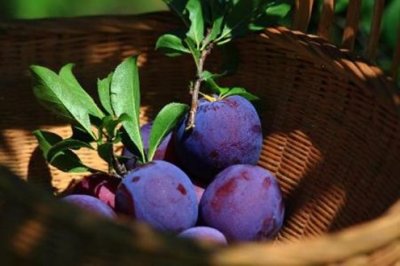一般现在时是什么

一般现在时表示现在经常反复发生的动作、存在的状态或习惯性的动作。其构成形式有两种,一是句子的谓语动词为be(am, is, are),二是句中的谓语动词为实义动词。
(1) be(am,is,are)动词:(作谓语动词时) 肯定句:主语+be动词(am,is,are)+其它。
如: ①I am a student.(主语+be动词+名词)
②They are hungry.(主语+be动词+形容词)
③He is out.(主语+be动词+副词)
④That pen is mine.(主语+be动词+代词)
⑤I am fifteen.(主语+be动词+数词)
⑥The bike is under the tree.(主语+be动词+介词短语) 运用am,is,are写三个句子
否定句:主语+ be(am,is,are) + not +其它。
如:He is not a worker.他不是工人。一般现在时是什么 运用am,is,are写三个句子
一般疑问句:Be(am,is,are) +主语+其它。
如:-Are you a student? -Yes. I am. / No, Im not. 运用am,is,are写三个句子
特殊疑问句:疑问词+一般疑问句。
如:Where is my bike? 运用am,is,are写三个句子
特殊疑问句:
疑问词(what, where, who, when, which, whose, how, how many, how much, what shape,
what colour,),找句子中有没有be动词(is, am或者are)或情态动词或者助动词
(特殊疑问句:疑问词+be动词(is, am或者are)或情态动词或者助动词+其他?)
(2)行为动词:主语+行为动词+(其它)
1.主语不是第三人称单数时,
肯定句为:主语+动词原形+其它
否定式为:主语+dont+动词原形+其它
疑问句为:Do+主语+动词原形+其它?
e.g. ①We speak Chinese.
②Do you speak Chinese? ---Yes, I do. / No, I dont.
③They dont speak Chinese. 写三个句子
2.当主语是第三人称单数时: (he,she,it,A/An,单独的人或事物:Lily/book)
肯定句为:主语+动词(词尾加s或es)+其它。
否定式为:主语+doesnt+动词原形+其它.
疑问句式:Does+主语+动词原形+其它?
①He speaks English.
②He doesnt speaks English.
③- Does she go to work by bike? Yes, she does. / No, she doesnt. 写三个句子
特殊疑问句:疑问词+一般疑问句。如:How does your father go to work?
3.动词+s的变化规则
(1)一般情况下,直接加-s,如:cook-cooks, milk-milks
(2)以s. x. sh. ch. o结尾,加-es,如:guess-guesses, wash-washes, watch-watches, go-goes
(3)以辅音字母+y结尾,变y为i, 再加-es,如:study-studies
(3)情态动词(作谓语动词时)(can,could,be able to,may,might,must,have to,need,shall,should,
will,would)时, 句子结构为:
肯定句:主语+情态动词+动词原形。
否定句:主语+情态动词+not+动词原形 一般疑问句;情态动词+主语+动词原形+其他?
特殊疑问句:疑问词+情态动词+主语+动词原形+其他?
Eg: ① He can speak English.
② Can I help you? What can I do for you?
在实际应用中,一般现在时常与以下时间状语联用:
always, usually, often, sometimes, every week (day, year, month…),
once a week, on Sundays ……
例句:He usually plays football on Sundays.
怎么样,看完了小编给大家准备的语法知识,有没有感觉收获颇多呢?喜欢就收藏起来吧~

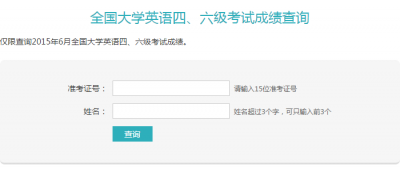

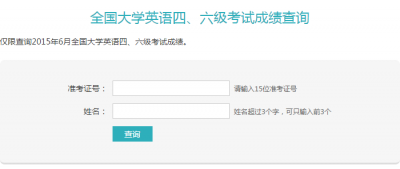

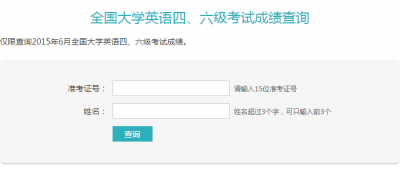 2019年6月大学英语六
2019年6月大学英语六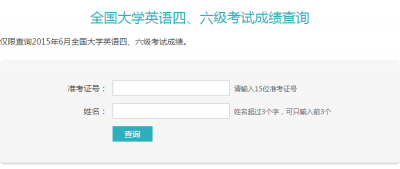 2019年6月大学英语四
2019年6月大学英语四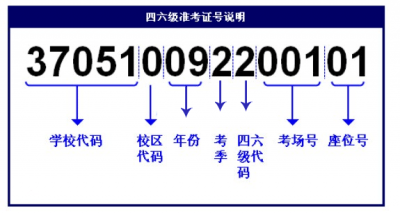 2019年6月大学英语六
2019年6月大学英语六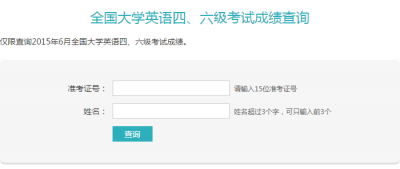 2019年6月大学英语四
2019年6月大学英语四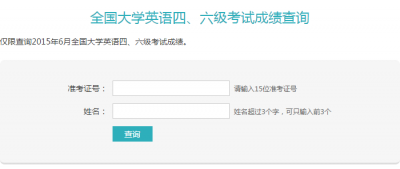 2019年6月全国各省份
2019年6月全国各省份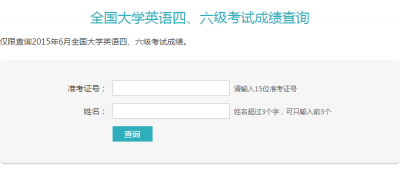 2019年6月大学英语四
2019年6月大学英语四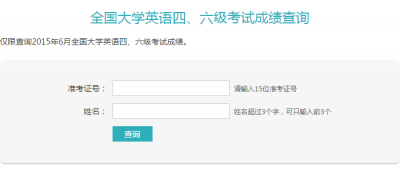 2019年6月大学英语四
2019年6月大学英语四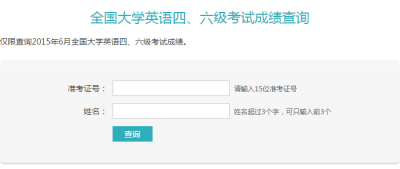 2019年6月大学英语六
2019年6月大学英语六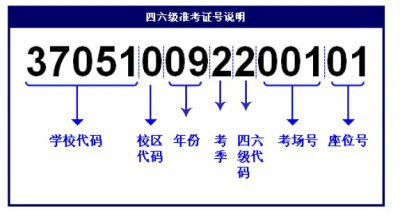 2019年6月的六级考试
2019年6月的六级考试 2019年6月大学英语六
2019年6月大学英语六 2019年6月大学英语六
2019年6月大学英语六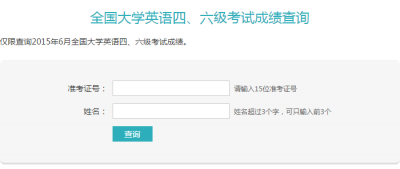 2019年6月大学英语六
2019年6月大学英语六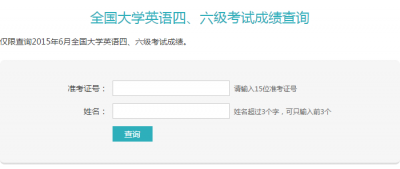 2019年6月大学英语六
2019年6月大学英语六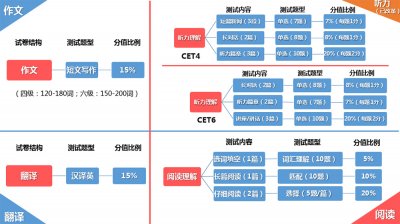 2019年6月大学英语六
2019年6月大学英语六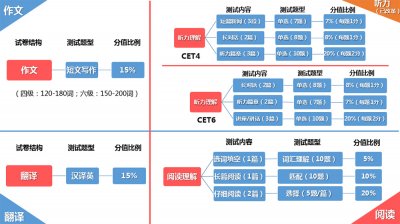 2019年6月大学英语四
2019年6月大学英语四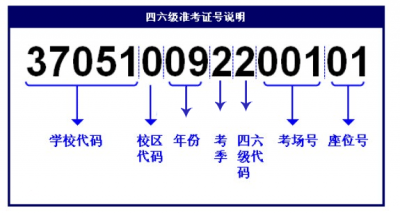 2019年6月大学英语六
2019年6月大学英语六